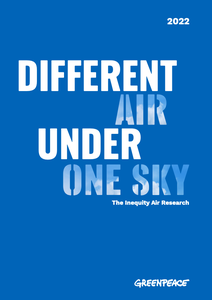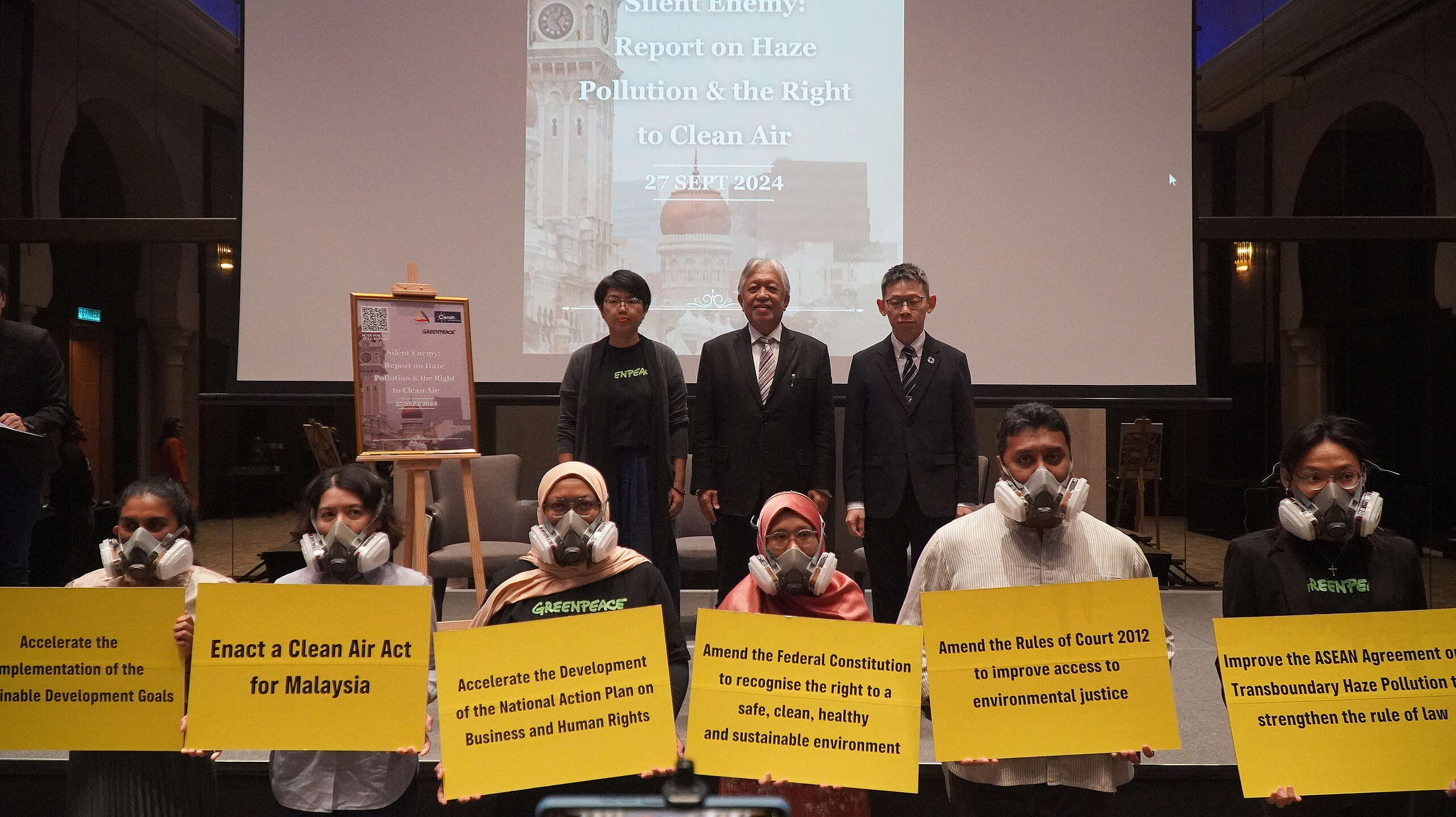The Inequity Air Research

Pollutants emitted into the atmosphere drive the global threats posed by both air pollution and climate change. The negative impacts of these crises are not felt equally and it is often the most vulnerable people who are most severely affected [1].
Exposure to air pollution is a leading global health risk which causes ill health and millions of premature deaths each year worldwide. Recent estimates range from 4 million to 9 million premature deaths per year worldwide [2,3,4]. This health burden falls disproportionately on low and middle-income countries [5].
In 2021 the World Health Organization (WHO) published new air quality guidelines designed to protect public health. The guidelines were derived using the latest evidence on the adverse health effects of air pollution, including effects which occur at much lower levels than had previously been described. In particular, the new guidelines recognise that chronic exposure to even low concentrations of fine particulate matter is responsible for a significant burden of disease.
This report investigates exposure to fine particulate matter, to determine the extent to which the most vulnerable people, such as children, older adults and pregnant people, are disproportionately affected, an issue that can be compounded by the lack of access to air quality information.
References:
1 IPCC, 2022: Summary for Policymakers [H.-O. Pörtner, D.C. Roberts, E.S. Poloczanska, K. Mintenbeck, M. Tignor, A. Alegría, M. Craig, S. Langsdorf, S. Löschke, V. Möller, A. Okem (eds.)]. In: Climate Change 2022: Impacts, Adaptation, and Vulnerability. Contribution of Working Group II to the Sixth Assessment Report of the Intergovernmental Panel on Climate Change [H.-O. Pörtner, D.C. Roberts, M. Tignor, E.S. Poloczanska, K. Mintenbeck, A. Alegría, M. Craig, S.Langsdorf, S. Löschke, V. Möller, A. Okem, B. Rama (eds.)]. Cambridge University Press. In Press.
2 Burnett, R., Chen, H., Szyszkowicz, M., Fann, N., Hubbell, B., Pope Iii, C.A., Apte, J.S., Brauer, M., Cohen, A., Weichenthal, S. and Coggins, J., 2018. Global estimates of mortality associated with long-term exposure to outdoor fine particulate matter. Proceedings of the National Academy of Sciences, 115(38), pp.9592-9597.
3 GBD (2020) – Global Burden of Disease Collaborative Network. Global Burden of Disease Study 2019 Results. Seattle, United States: Institute for Health Metrics and Evaluation (IHME), 2020. Available from https:/vizhub.healthdata.org/gbd-results/
4 Vohra K, Vodonos A, Schwartz J, Marais EA, Sulprizio MP, Mickley LJ 2021. Global mortality from outdoor fine particle pollution generated by fossil fuel combustion: results from GEOS Chem. Environ Res. 195110754. doi: 10.1016/j.envres.2021.110754.
5 WHO 2021 – The World Health Organization. WHO global air quality guidelines: particulate matter (PM2.5 and PM10), ozone, nitrogen dioxide, sulfur dioxide and carbon monoxide. https://apps.who.int/iris/handle/10665/345329. License: CC BY-NC-SA 3.0 IGO



